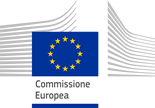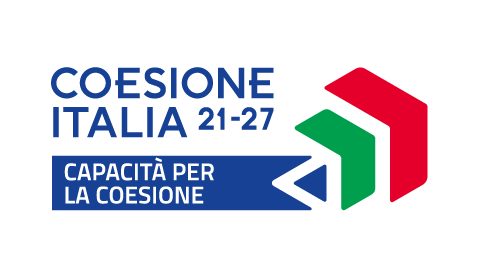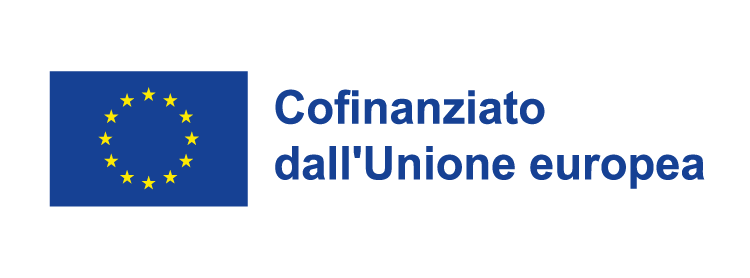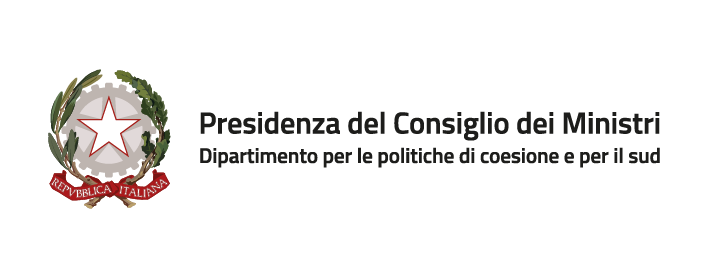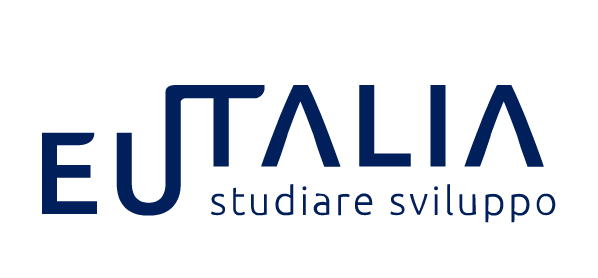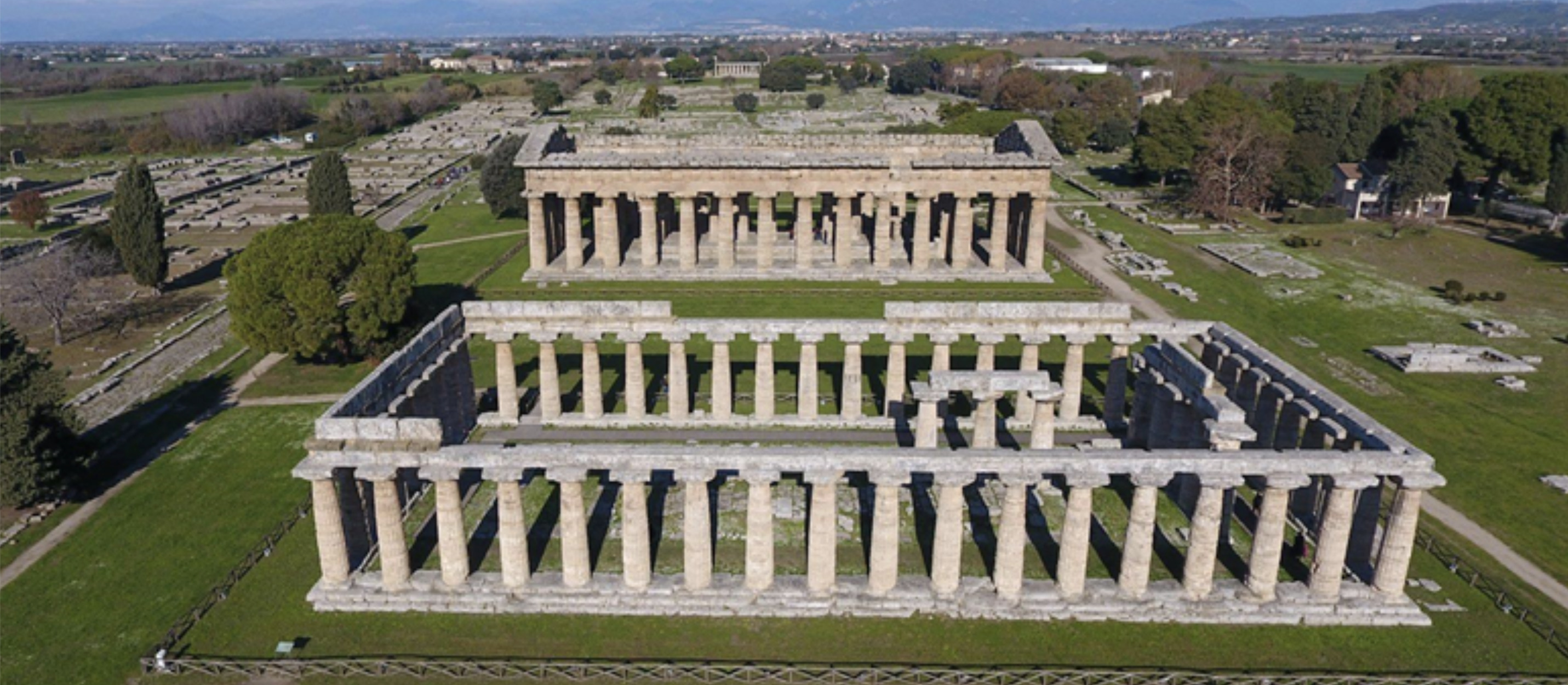
To improve the conditions and standards of offer and use of cultural heritage in the area of the archaeological site of Paestum: this is the fundamental objective of the project monitored by the “The Diver in Data” team.
The Archeological Park of Paestum is important for its surface, and as shown by the image, for the conservation of the temples; it is not a coincidence that the Park is among the 10 finalist candidates to “Capital of Culture 2024”.
The portal of OpenCoesione and that of the Park, the ISTAT databases, the Municipality of Capaccio-Paestum were the sources of our research work, enriched by the contribution of Francesco Uliano Scelza, referent of the Park, and of Marilena Marino, ISTAT referent, valuable guides in the collection of data and information relating to the critical issues encountered during the execution phase of the project; the positive effects (regarding the usability in the Park and the tourist contributions); the times and costs of implementation.
The planned redevelopment of 78,800 square meters is currently only actually involving an area of 43,925.
COVID-19 was the most critical point, forcing the suspension of works during the first lock-down. It is, in fact, a construction site where different processes and professionalism converge - including restoration, excavation, construction of systems, underground utilities and devices for use - and which involves various internal and external human and professional resources, including suppliers and executors.
The interventions put in place are aimed at: the conservation of the assets guaranteed by the restoration and cleaning work; the expansion of the areas of the Park that can be used by the public; the energy saving deriving from the efficiency activities; the increase of the archaeological knowledge of the areas subjected to the project which will give impetus to further research and development programs; increasing the usability of the archaeological area with the elimination of some architectural barriers and the creation of paths and other devices for the disabled; and to a greater vigilance by the Park staff. The overall goal is to increase the number of visitors thanks to an improved cultural and service offer.
As reported by the graphs, after the approval of the project, which took place in November 2016, the start of the works, set for the beginning of the following year, was postponed to 3rd May 2019. The final and testing phase, scheduled for 1st January 2020, still remains to be completed.
The public cost is € 9,023,947.36, of which 6,767,961 financed by the European Union and 2,255,987 by the Rotation Fund. Payments monitored just amount to 37% of the total. In the three-year period 2019-2021, were allocated respectively 1,031,720.33 (11%), 1,043,776.3 (11%), to then reach, in 2021, the current sum of 3,391,202.35.
Once the project is completed, the Park will improve in terms of efficiency, accessibility and maintenance, with an increase in usable surfaces and cultural offer. According to what was reported by the Transparent Administration section of the Park website, the improvement of the use and reception activities offered to visitors a better usability of the Park and the
Museum in all their splendor, allowing an increase in revenues due to an increase of the selling of tickets.
With regard to tourist flows, the expectation is that the number will grow further. The numerical data will be evaluated in the future with the end of the health emergency, which still today, negatively affect accesses. The ISTAT databases show the clear gap caused by the pandemic relating to arrivals and presences in the Municipality between 2020 and the previous 4 years, with a decrease of almost 50%. According to data provided by Piero Cavallo, Head of the Tourism and Culture Office of the Municipality of Capaccio-Paestum, in the two-year period 2020-21, the Municipality recorded an average of 87,108 arrivals, of which 62.5% in hotels (long-term overnight stays ). 89.29% of the tourists registered in this two-year period were Italian, mainly from the provinces of Naples (37%), Rome (8.72%), Salerno (7.07%) and Caserta (6.74%); 4.37% German; 1.42% Swiss; 0.78% French.
Further projects are already planned, but not running. At the moment, an investment of over one million euros is estimated for the next 2 years. These calculations can not be specified as the areas of intervention have to be tested and returned yet.
From the information gathered, the project is in the testing phase. Furthermore, the estimates relating to the usability in the Park and the tourist increases are expected to be positive. The findings satisfy the curiosity of the team, that, anyway, plans to collect further data in the area.
Therefore it is essential to monitor the EU-funded project, in its completion phase, in order to benefit as soon as possible from the beneficial effects it will bring.











